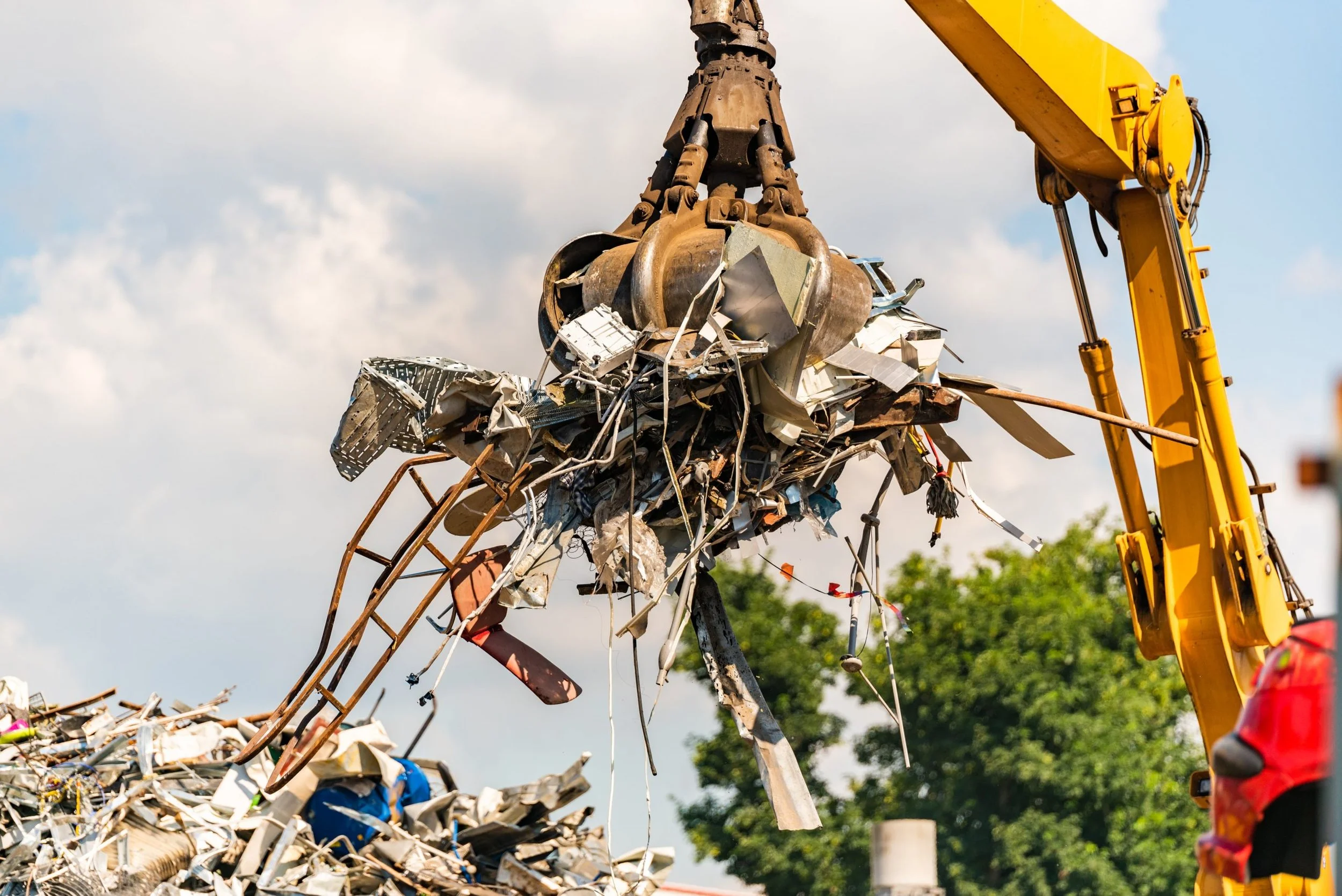Maximizing Scrap Metal Revenue: Essential Tips for Scrap Yards
Maximizing Scrap Metal Revenue: Tips for Scrap Yards to Secure Better Prices and Steady Buyers
The scrap metal industry is highly volatile, with prices fluctuating due to global economic shifts, trade policies, and raw material demand. Scrap yards often face challenges like inconsistent buyers, pricing uncertainty, and logistical bottlenecks that impact their profitability. However, with strategic planning and partnerships, scrap yards can secure higher prices, attract reliable buyers, and optimize operations for long-term success. This article provides actionable insights into forecasting market trends, diversifying buyer networks, and implementing best practices for grading and preparing scrap metal to maximize revenue.
Understanding Metal Price Fluctuations: Key Drivers
Before diving into strategies, it’s important to understand the factors that affect scrap metal prices:
• Global Demand: Industrial demand from sectors like construction, automotive, and electronics significantly impacts metal prices. A surge in demand for steel for infrastructure projects, for example, can drive up the price of ferrous scrap.
• Export Regulations: Policies like tariffs or import restrictions can affect international scrap metal demand and pricing.
• Supply Chain Disruptions: Issues like port closures or transportation delays can cause price spikes due to limited material availability.
• Commodity Market Trends: Prices for raw materials like iron ore, copper, and aluminum directly influence scrap metal prices. Monitoring these trends can help predict future shifts in demand for recycled metals.
1. Forecasting Pricing Trends for Ferrous and Non-Ferrous Metals
Accurate forecasting helps scrap yards make informed decisions about when to sell and when to hold material.
• Leverage Industry Reports: Subscribe to market intelligence platforms like Fastmarkets, Argus Metals, or Recycling Today to stay updated on pricing trends and market analysis.
• Track Leading Indicators: Watch for news related to major buyers like steel mills, automotive manufacturers, and electronics companies. If a major automaker ramps up EV production, the demand for non-ferrous metals like aluminum and copper will likely rise.
• Historical Pricing Patterns: Analyze historical price fluctuations for materials like HMS 1&2, cast aluminum, and copper wire. Understanding seasonal patterns and economic cycles can provide a clearer picture of when to expect price peaks or slumps.
2. Diversifying Buyer Networks to Avoid Market Slumps
Relying on a few buyers makes scrap yards vulnerable to market disruptions. Expanding the buyer network helps stabilize revenue and reduces dependency on any single source.
• Partner with Multiple End-Users: Build relationships with regional steel mills, foundries, and manufacturers that use recycled metals as feedstock.
• Explore Export Markets: Some international buyers offer higher prices due to local shortages. Look for reputable buyers in regions with strong demand, such as Southeast Asia and Europe. Ensure that you comply with export regulations and certifications.
• Attend Industry Events: Trade shows and recycling conferences are excellent opportunities to meet potential buyers and build long-term partnerships.
3. Grading and Preparing Scrap for Premium Rates
The quality of scrap metal directly affects its price. Buyers often pay a premium for clean, well-sorted materials with minimal contamination.
• Implement Rigorous Grading Standards: Ensure that ferrous and non-ferrous metals are sorted into clear, defined categories. For example, separate #1 bare bright copper from lower-grade mixed wire to receive a higher payout.
• Clean and Process Scrap: Remove non-metal contaminants like rubber, paint, and insulation from materials. Clean aluminum sheets and wire, for example, can fetch significantly higher prices than unprocessed batches.
• Invest in Processing Equipment: Shredders, shears, and wire strippers can help increase the value of scrap metal by improving its purity and presentation. While these machines require an initial investment, the ROI can be substantial.
4. Optimizing Logistics to Reduce Costs
Transportation costs can erode profits, especially for bulky metal loads. Efficient logistics planning can help scrap yards save money and improve margins.
• Optimize Load Size: Consolidate smaller loads into full truckloads to maximize freight efficiency and reduce cost-per-ton.
• Partner with Local Buyers: Selling to regional buyers reduces transportation costs and allows for more frequent deliveries.
• Consider Backhaul Opportunities: Work with logistics providers to identify backhaul routes that lower shipping rates by filling empty trucks on return trips.
5. Establishing Long-Term Contracts with Buyers
Short-term agreements often expose scrap yards to price volatility. Securing long-term contracts can provide more stable revenue streams and improve buyer relationships.
• Volume-Based Discounts: Offer consistent buyers price breaks for committing to regular, high-volume purchases.
• Fixed-Price Clauses: Consider contracts with a fixed or minimum price guarantee to protect against market crashes.
• Performance Reviews: Regularly assess buyer partnerships to ensure they remain mutually beneficial.
Case Study: A Scrap Yard Success Story
A mid-sized scrap yard in the Midwest increased its revenue by 25% over 18 months by implementing the following changes:
• Graded copper wire into separate categories to secure higher payouts from buyers.
• Invested in shredders and magnetic separators to clean ferrous loads, resulting in fewer price deductions.
• Established contracts with multiple regional steel mills to stabilize revenue during market downturns.
Conclusion
Maximizing scrap metal revenue requires more than just selling materials when prices are high. By forecasting pricing trends, diversifying buyer networks, improving scrap preparation, and optimizing logistics, scrap yards can increase profitability and secure steady buyers. Midas Peak partners with scrap yards to develop custom strategies that enhance operational efficiency and connect them with reliable buyers in the metal recycling industry. Contact us today to learn how we can help you take your operations to the next level.

